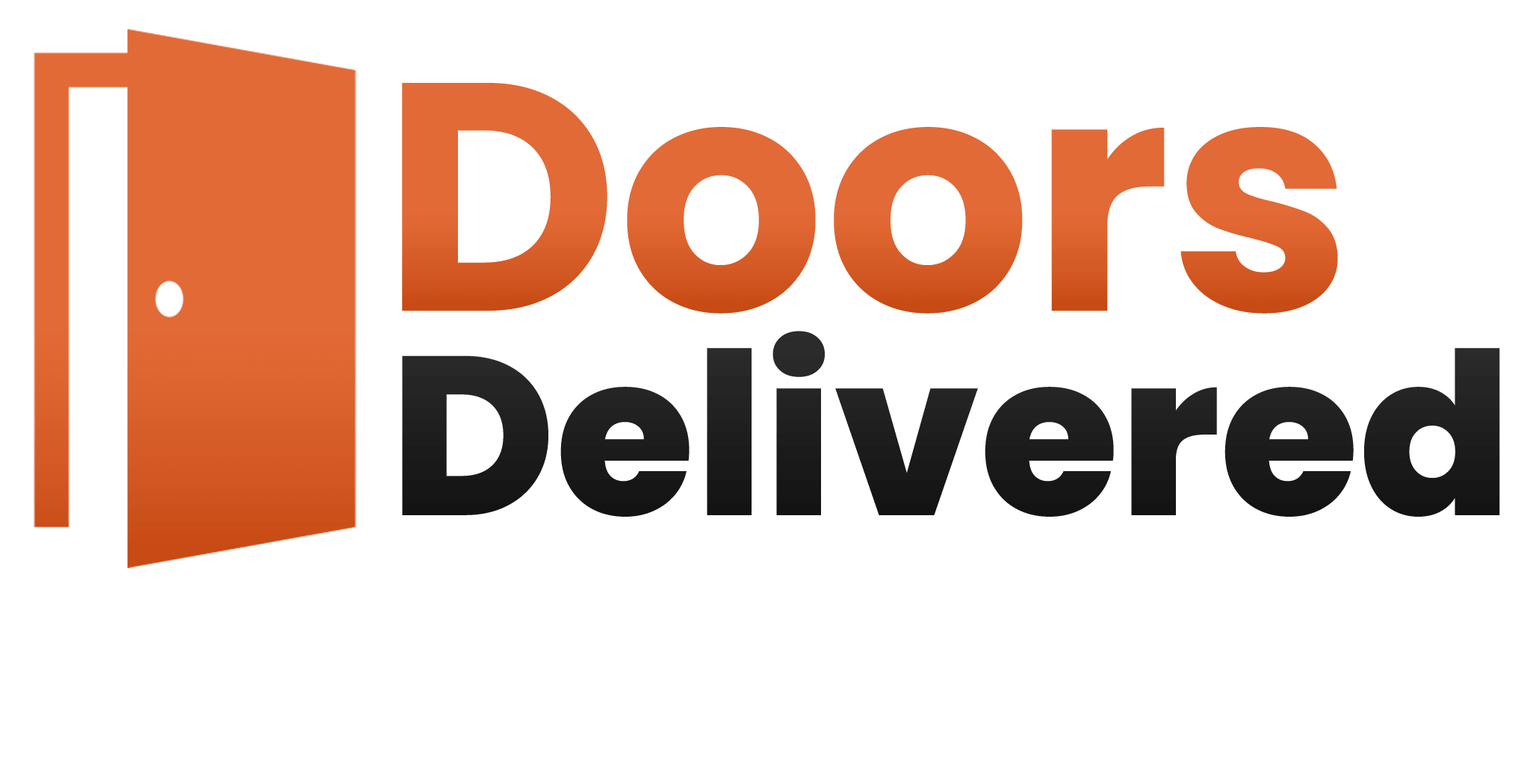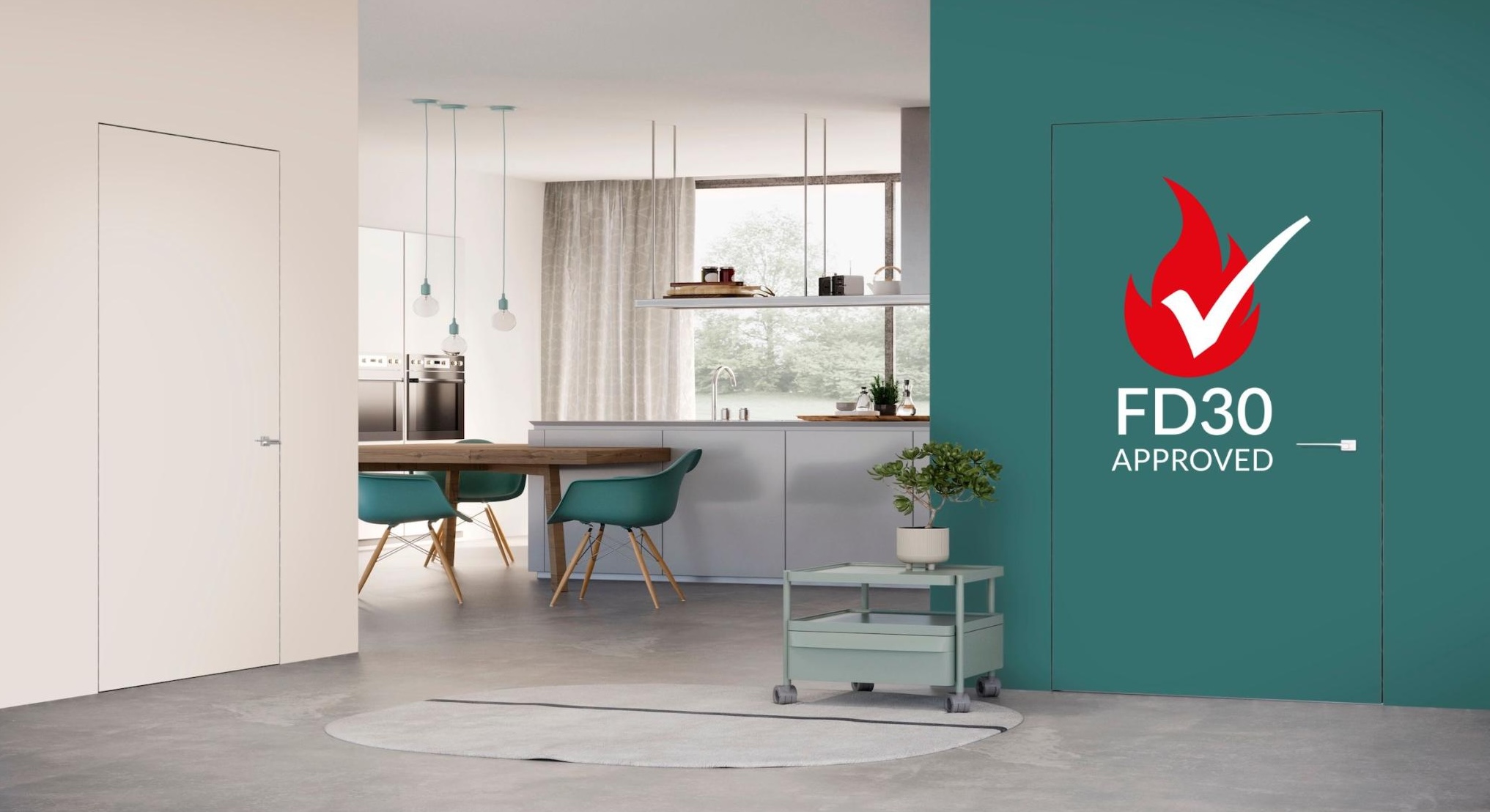When it comes to ensuring safety within homes and commercial buildings, internal fire doors are a critical component. Designed to slow the spread of fire and smoke, these doors offer valuable protection and can even be a legal requirement in certain properties. However, fire doors are not all the same—they vary in fire resistance, design, and construction. In this post, we explore the different types of internal fire doors to help you choose the right one for your needs.
What Is an Internal Fire Door?
An internal fire door is a specially designed door that resists the spread of fire and smoke between rooms inside a building. Most are rated to provide either 30 minutes (FD30) or 60 minutes (FD60) of fire resistance, although higher ratings like FD90 and FD120 exist for specialised settings.
Fire doors are typically made from solid cores (such as composite, particleboard, or solid timber) and fitted with fire-rated seals and certified ironmongery. They are most often found in stairwells, corridors, kitchens, garages, and entrances to escape routes.
Types of Internal Fire Doors
1. FD30 Fire Doors
-
Fire Resistance: 30 minutes
-
Use Case: Common in residential settings, including between garages and living spaces or in flats with shared hallways.
-
Construction: Usually 44mm thick, often featuring a solid or semi-solid core with fire-retardant materials and intumescent strips that expand during a fire.
2. FD60 Fire Doors
-
Fire Resistance: 60 minutes
-
Use Case: Commercial buildings, multi-storey offices, or high-risk residential properties.
-
Construction: Thicker than FD30 doors (around 54mm), with a more robust core and sometimes specialist framing systems.
3. Glazed Fire Doors
-
Fire Resistance: FD30 or FD60
-
Use Case: Where visibility or light transmission is important, such as office corridors, kitchens, or residential lounges.
-
Construction: Fitted with fire-rated glass (such as Pyrobel or Pilkington), which maintains integrity under high heat.
4. Panelled Fire Doors
-
Fire Resistance: Typically FD30
-
Use Case: Ideal for traditional or period properties wanting to maintain a classic look while meeting fire regulations.
-
Construction: Styled with raised or inset panels while maintaining a solid fire-resistant core.
5. Flush Fire Doors
-
Fire Resistance: FD30 or FD60
-
Use Case: Contemporary interiors, minimalist designs, or commercial settings.
-
Construction: Flat surface with no detailing, often made from MDF, veneer, or laminate-faced cores.
6. Double Fire Doors
-
Fire Resistance: FD30 or FD60
-
Use Case: Wider openings, corridors, or communal areas where accessibility is key.
-
Construction: A pair of fire-rated doors that operate together, often fitted with door closers and coordinators.
7. Fire Doors with Side Panels or Overpanels
-
Fire Resistance: Matches door rating (FD30/FD60)
-
Use Case: Where a wider glazed or framed opening is needed while still maintaining fire integrity.
-
Construction: Includes fire-rated fixed panels adjacent to or above the main fire door.
Key Components of Fire Doors
Regardless of type, all fire doors must be installed with:
-
Intumescent seals that expand when heated to seal gaps.
-
Fire-rated hinges, handles, closers, and locks tested to the same standard.
-
Certified frames and proper gap tolerances (typically 3–4mm around the edges).
Final Thoughts
Fire doors are more than just safety features—they’re an integral part of your building’s style and compliance. Whether you need a sleek flush door for a modern office or a traditional panelled door for a Victorian home, there are internal fire door options to suit every design and safety requirement.
Looking to upgrade your doors? Choose certified internal fire doors that combine design with peace of mind. Always ensure installation is carried out by a qualified professional to maintain compliance and performance.

